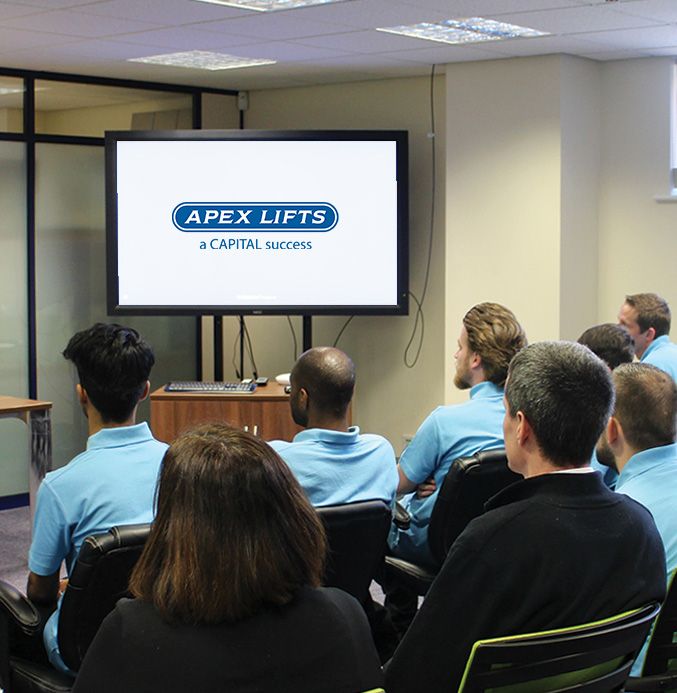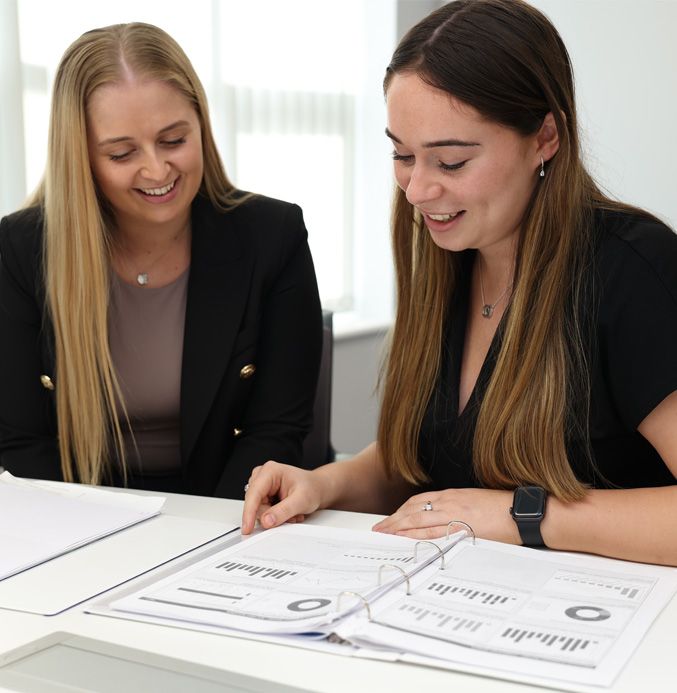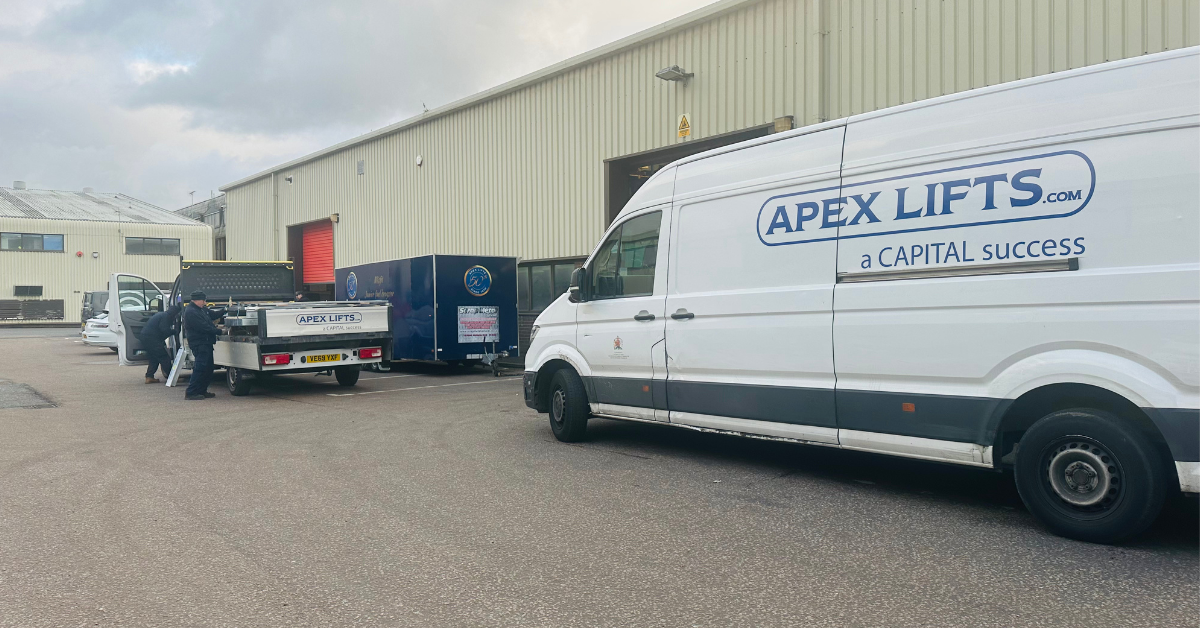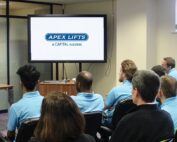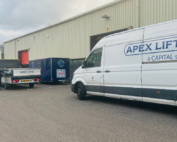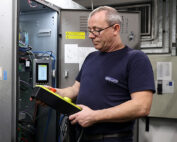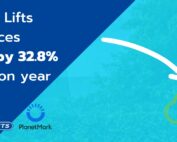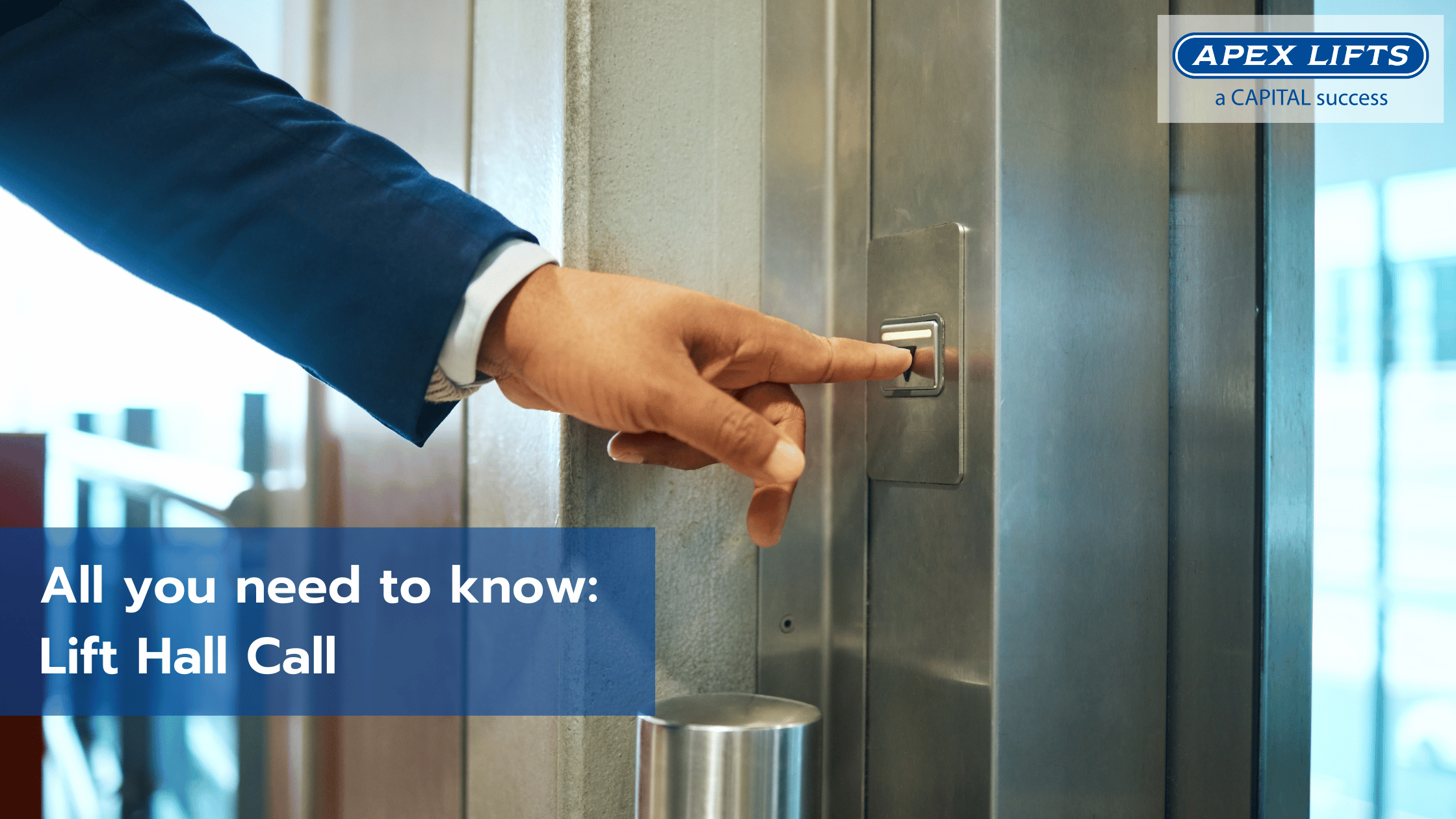
Wanting to improve the efficiency of traffic entering and exiting your existing lift? A fully optimised hall call destination system can provide unique advantages to the lifts end user. As a consequence of ever-evolving technology, the internal call system can now improve a user’s estimated time to destination (ETD) by minimising the overall system degradation factor (SDF). In turn, increasing on both the lifts energy efficiency and user experience.
In today’s-built environment, it is fundamental to enhance your lift operation to the best of its capabilities, especially in locations with frequent footfall in order to substantially improve the traffic performance of a busy group of lifts. Traditionally, passengers register their hall call at the lift landing, signalling to the lift that a passenger is waiting. Somewhat outdated, however highly effective, the passenger will then enter the lift and create a destination call to their desired floor.
With ever-increasing technological advancements come modern destination control systems. Conventionally, lift systems have hall call buttons at each landing floor, that identify to the lift whether the passenger wishes to go up or down. However, in more recent times, destination-based control systems allow the passenger to enter their final destination at the lift landing rather than in the car. In a bid to create greater efficiency in a group of lifts, this modern system allows the microprocessors within the lift system to determine and send the most efficient lift for that passenger’s journey.
Although not typically a new concept, it is only within the last century that performance optimisation has been understood and developed. Previous technology meant the control logic of a lift was implemented in relays, whereby it is now possible to utilise microprocessors that can far more accurately calculate the best lift to answer a call. Of which at times, mainly in peak travel can in turn improve travel times and lift efficiency.
